While it can be tempting to switch your commute from driving to biking, you might be wary about the dangers of riding a bike in busy traffic. This leads to a very important question: should you ride your bike on the sidewalk?
Of course, riding on the sidewalk could seem like the perfect solution—until you remember that pedestrians frequent sidewalks. Is moving from the street to the sidewalk safe for you or the surrounding people passing by?
It’s a fair question, and the answer seems to differ from state to state. In New York, it is illegal to ride your bike on the sidewalk unless signage indicates otherwise. In California, the legality of riding on the sidewalk varies from city to city. In states like Utah, Idaho, and Montana, riding on the sidewalk is perfectly legal.
So if you want to answer the question, “Should you ride your bike on the sidewalk?”, start here. If you determine that it is legal in your state, keep reading to discover how you can do so safely.
How to Ride Safely on the Sidewalk
Assuming you can do so legally, riding on the sidewalk requires specific safety practices. Here are some of the most important considerations to keep in mind:
The Safety of Pedestrians
In most states where sidewalk riding is legal, bicyclists are required to yield the right of way to pedestrians. And if the sidewalk is full of walkers, you might have to slow down or hop off and walk your bike for a bit. That way, you don’t risk injuring any other travelers.
Interaction with Cars, Trucks, and Other Vehicles
When you are traveling on a sidewalk, you may think that passing cars are the least of your worries. Unfortunately, that’s not entirely true. It’s always wise to be aware of your surroundings, both on and off the sidewalk.
Crosswalks and driveways can be especially dangerous for riders as drivers often forget to check their surroundings before pulling through.
Regulations from the Department of Transportation
When it comes to your helmet, you’ll want to wear one that is DOT-certified. It’s also wise to seek out resources from your local DOT for guidance regarding safe riding. Traveling on the sidewalk requires a rider to cooperate with other travelers. The Department of Transportation will help you understand how to best achieve that.
Always Opt for the Bike Lane
If there is a bike lane adjacent to the street, there is no reason for a rider to choose the sidewalk. Often, the existence of a bike lane indicates that there have been bike accidents in that area in the past. So it’s best to err on the side of caution and avoid the sidewalk.
The bike lane provides a safe area for commuting without interaction from cars or pedestrians. In some places, these lanes are even protected by barricades.
What’s more, these lanes are proven to improve the communities in which they reside. For example, companies are more likely to attract younger Millennial and Gen-X employees if they are located in bicycle-friendly cities.
Do What’s Necessary to Stay Safe on Your Bike
If you follow the local rules, regulations, and best practices of your area, you have a much better chance of staying safe while on your bike. This will benefit both you and the other travelers you interact with.
Bicycling is proven to be one of the safest methods of travel. And it continues to grow safer every year. In 2011, the bicyclist fatality rate dropped to a low 2.2 per million. As cities embrace bicycle safety programs, including bike lanes, this number is expected to continue to improve.
For more information, see our benchmarking report and more information on past benchmarking reports.


















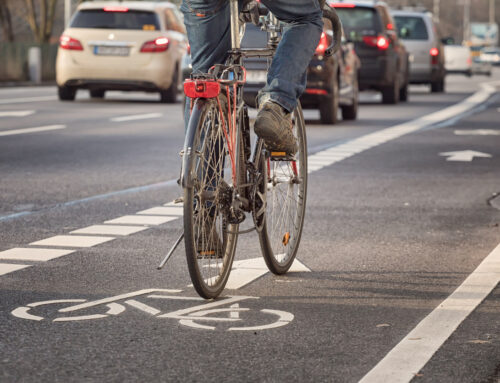
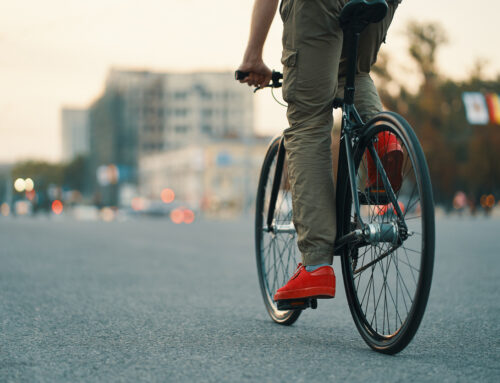























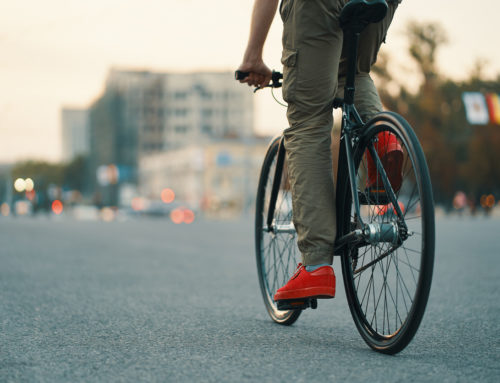







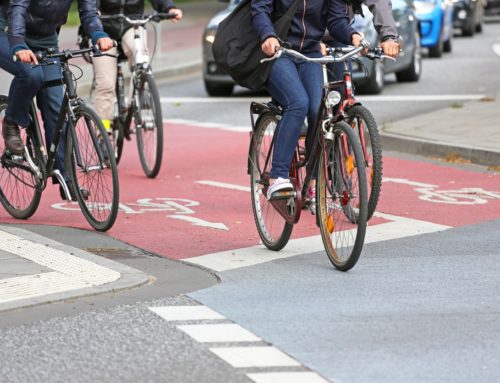


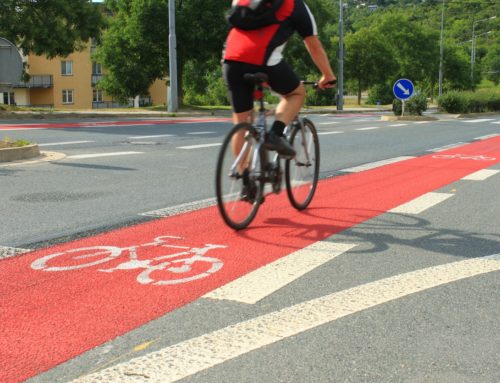













Leave A Comment